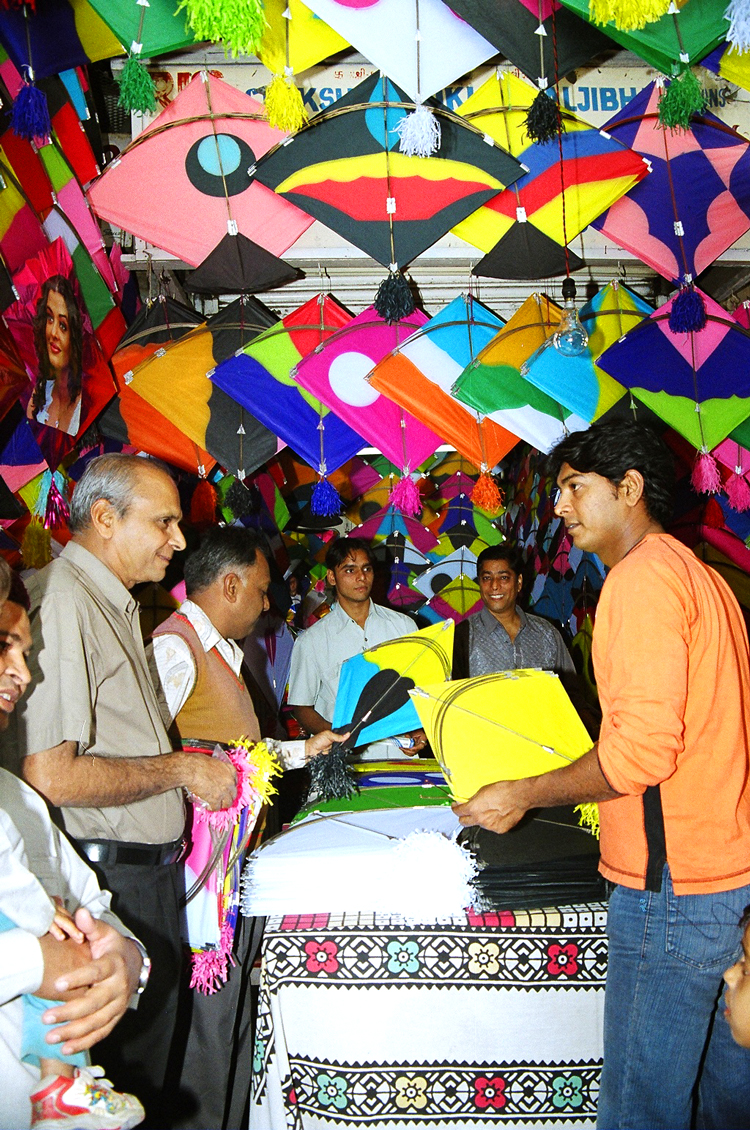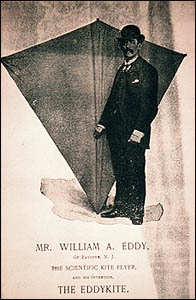|
Chapi-chapi
''Chapi-chapi'' is a small two-stick kite that can be quickly constructed from cheap materials such as newspapers, broom sticks, or discarded plastic sheet. It is very popular in the Philippines. The name itself colloquially means, "assembled fast" or "quickly improvised".Fadul, J. (2009). Kites in History, in Teaching, and in Therapy. Lulu Press. A strong, straight stick is used for the vertical frame. The horizontal stick is tensioned into a bow in order to provide greater support for the paper or plastic sheet. A very long bottom tail is almost always necessary, while the side tails or fins are optional. This kite, with a simple two-point bridle, has moderate lateral roll and flutter (oscillation), that some kite fliers prefer in kite fighting, over stable, quiet flight. Unlike the diamond-shaped Malay kite The Eddy and Malay Kites and Eddy, no extra strings are used in the edges for the frame, making the ''chapi-chapi'' easier and faster to assemble but relatively more frag ... [...More Info...] [...Related Items...] OR: [Wikipedia] [Google] [Baidu] |
Chapi-chapi
''Chapi-chapi'' is a small two-stick kite that can be quickly constructed from cheap materials such as newspapers, broom sticks, or discarded plastic sheet. It is very popular in the Philippines. The name itself colloquially means, "assembled fast" or "quickly improvised".Fadul, J. (2009). Kites in History, in Teaching, and in Therapy. Lulu Press. A strong, straight stick is used for the vertical frame. The horizontal stick is tensioned into a bow in order to provide greater support for the paper or plastic sheet. A very long bottom tail is almost always necessary, while the side tails or fins are optional. This kite, with a simple two-point bridle, has moderate lateral roll and flutter (oscillation), that some kite fliers prefer in kite fighting, over stable, quiet flight. Unlike the diamond-shaped Malay kite The Eddy and Malay Kites and Eddy, no extra strings are used in the edges for the frame, making the ''chapi-chapi'' easier and faster to assemble but relatively more frag ... [...More Info...] [...Related Items...] OR: [Wikipedia] [Google] [Baidu] |
Kite
A kite is a tethered heavier than air flight, heavier-than-air or lighter-than-air craft with wing surfaces that react against the air to create Lift (force), lift and Drag (physics), drag forces. A kite consists of wings, tethers and anchors. Kites often have a bridle and tail to guide the face of the kite so the wind can lift it. Some kite designs don’t need a bridle; box kites can have a single attachment point. A kite may have fixed or moving anchors that can balance the kite. The name is derived from kite (bird), kite, the hovering bird of prey. The Lift (force), lift that sustains the kite in flight is generated when air moves around the kite's surface, producing low pressure above and high pressure below the wings. The interaction with the wind also generates horizontal Drag (physics), drag along the direction of the wind. The resultant force vector from the lift and drag force components is opposed by the tension of one or more of the rope, lines or tethers to which t ... [...More Info...] [...Related Items...] OR: [Wikipedia] [Google] [Baidu] |
Kite Fighting
Fighter kites are kites used for the sport of kite fighting. Traditionally most are small, unstable single-line flat kites where line tension alone is used for control, at least part of which is manja, typically glass-coated cotton strands, to cut down the line of others. Kite fighting is contested in many countries, but particularly in Afghanistan, Bangladesh, India, Indonesia, Nepal, Pakistan, Vietnam, Korea, Thailand, Chile and Brazil. Materials In most traditional fighter kite manufacture, the skins of kites are made from a lightweight thin paper and the spars are usually made from a lightweight and flexible wood, usually bamboo. In modern American fighters, the kite skins are made from a variety of synthetic materials – mylar, aircraft insulation (orcon or insulfab), nylon, and polyester sheeting. The spine may still be bamboo, but often along with the bow is constructed of fiberglass or carbon fibre. Line Historically, for most Asian type fighters, a thin cott ... [...More Info...] [...Related Items...] OR: [Wikipedia] [Google] [Baidu] |
Malay Kite
The Malay kite is a model of tailless kite. First introduced to the West in a New York City newspaper article from October 1894, the Malay kite was used for recreation for centuries before this in parts of the Far East. The article detailed how a university professor ("Clayton") had erected a series of kites and bound them all together to one kite. These kites had no tail, were bowed and diamond-shaped, and were referred to by the article writer as "Malay kites". However, the existence of a Malay-like design may have already been heard of in the United States sometime before the publishing of the article; in the last edition of the '' American Boy's Handy Book'', another tailless kite is described (there referred to as a "Holland" kite). The description of this kite, which was to be included as a chapter in the book, was sent in to the author sometime around 1882, eleven years before the Malay kite was mentioned in the newspaper.Beard, p. 67 Design The Malay is similar in design ... [...More Info...] [...Related Items...] OR: [Wikipedia] [Google] [Baidu] |
Patang
Fighter kites are kites used for the sport of kite fighting. Traditionally most are small, unstable single-line flat kites where line tension alone is used for control, at least part of which is manja, typically glass-coated cotton strands, to cut down the line of others. Kite fighting is contested in many countries, but particularly in Afghanistan, Bangladesh, India, Indonesia, Nepal, Pakistan, Vietnam, Korea, Thailand, Chile and Brazil. Materials In most traditional fighter kite manufacture, the skins of kites are made from a lightweight thin paper and the spars are usually made from a lightweight and flexible wood, usually bamboo. In modern American fighters, the kite skins are made from a variety of synthetic materials – mylar, aircraft insulation (orcon or insulfab), nylon, and polyester sheeting. The spine may still be bamboo, but often along with the bow is constructed of fiberglass or carbon fibre. Line Historically, for most Asian type fighters, a thin cott ... [...More Info...] [...Related Items...] OR: [Wikipedia] [Google] [Baidu] |
Nagasaki Hata
is the capital and the largest city of Nagasaki Prefecture on the island of Kyushu in Japan. It became the sole port used for trade with the Portuguese and Dutch during the 16th through 19th centuries. The Hidden Christian Sites in the Nagasaki Region have been recognized and included in the UNESCO World Heritage List. Part of Nagasaki was home to a major Imperial Japanese Navy base during the First Sino-Japanese War and Russo-Japanese War. Near the end of World War II, the American atomic bombings of Hiroshima and Nagasaki made Nagasaki the second and, to date, last city in the world to experience a nuclear attack (at 11:02 am, August 9, 1945 'Japan Standard Time (UTC+9)'). , the city has an estimated population of 407,624 and a population density of 1,004 people per km2. The total area is . History Nagasaki as a Jesuit port of call The first contact with Portuguese explorers occurred in 1543. An early visitor was Fernão Mendes Pinto, who came from Sagres ... [...More Info...] [...Related Items...] OR: [Wikipedia] [Google] [Baidu] |
Philippines
The Philippines (; fil, Pilipinas, links=no), officially the Republic of the Philippines ( fil, Republika ng Pilipinas, links=no), * bik, Republika kan Filipinas * ceb, Republika sa Pilipinas * cbk, República de Filipinas * hil, Republika sang Filipinas * ibg, Republika nat Filipinas * ilo, Republika ti Filipinas * ivv, Republika nu Filipinas * pam, Republika ning Filipinas * krj, Republika kang Pilipinas * mdh, Republika nu Pilipinas * mrw, Republika a Pilipinas * pag, Republika na Filipinas * xsb, Republika nin Pilipinas * sgd, Republika nan Pilipinas * tgl, Republika ng Pilipinas * tsg, Republika sin Pilipinas * war, Republika han Pilipinas * yka, Republika si Pilipinas In the recognized optional languages of the Philippines: * es, República de las Filipinas * ar, جمهورية الفلبين, Jumhūriyyat al-Filibbīn is an archipelagic country in Southeast Asia. It is situated in the western Pacific Ocean and consists of around 7,641 islands t ... [...More Info...] [...Related Items...] OR: [Wikipedia] [Google] [Baidu] |
Saranggola
''Saranggola'' (international title: ''The Kite'') is a 1999 Filipino drama film directed by Gil Portes. It stars Ricky Davao, Lester Llansang and Jennifer Sevilla. It is a morality tale, showing murder and corruption through the eyes of a child. Plot Though widowed, ex-cop, Homer, (Ricky Davao) is a kindly father to his ten-year-old son, Rex (Lester Llansang). He is considered to be something of a bully in the poor Manila neighborhood where he lives. After mistaking a child retrieving a snarled kite for a burglar, Homer kills the boy and then hurriedly tries to cover up his error. Unbeknownst to his dad, Rex witnessed the event, too. As the two separately wrestle with their consciences, the neighbors find out and chaos soon ensues. Cast * Ricky Davao as Homer Agustines * Lester Llansang as Rex Agustines * Jennifer Sevilla as Anita * Mark Gil as Jack Lumauig * Sining Blanco as Enye Bumanlag * Daryl Reyes as Tonton Bumanlag * Connie Chua as Tonton's Mother * Nanding Josef as Tont ... [...More Info...] [...Related Items...] OR: [Wikipedia] [Google] [Baidu] |
Fighter Kite
Fighter kites are kites used for the sport of kite fighting. Traditionally most are small, unstable single-line flat kites where line tension alone is used for control, at least part of which is manja, typically glass-coated cotton strands, to cut down the line of others. Kite fighting is contested in many countries, but particularly in Afghanistan, Bangladesh, India, Indonesia, Nepal, Pakistan, Vietnam, Korea, Thailand, Chile and Brazil. Materials In most traditional fighter kite manufacture, the skins of kites are made from a lightweight thin paper and the spars are usually made from a lightweight and flexible wood, usually bamboo. In modern American fighters, the kite skins are made from a variety of synthetic materials – mylar, aircraft insulation (orcon or insulfab), nylon, and polyester sheeting. The spine may still be bamboo, but often along with the bow is constructed of fiberglass or carbon fibre. Line Historically, for most Asian type fighters, a thin cotto ... [...More Info...] [...Related Items...] OR: [Wikipedia] [Google] [Baidu] |



